The Kathmandu journey continues, Part 2…
Our small amount of time in the Kathmandu Valley of Nepal was strikingly memorable. This was not alone due to the wonderfully friendly people we met, the deep and fascinating culture or the beautiful, if fragile architecture, it was because all of these things were impacted dreadfully one week after our return when the country was hit by a catastrophic earthquake. It is with deep fondness, sadness and ultimately an intense feeling of good-fortune and privilege that we remember our time in this unique and captivating place.
PATAN (LALITPUR)
Leaving Kathmandu Durbar Square, we headed to the next of our accommodation choices to drop our bags before exploration of Patan (Lalitpur) – the oldest city in Kathmandu. Our guide, Rajesh, took us to Café du Temple on the edge of Patan Durbar Square with, of course, excellent rooftop views of the temple. A cold local beer (we had previously tried ‘Everest’, this time we chose ‘Gorkha’) to accompany a traditional Newari meal sated us as we sat under the red umbrella and took in the view – of the temples, not the piles of pigeon poop left by the insane number of these birds in this part of the city.
Refuelled, we were escorted by Rajesh through the ancient square and told of traditions and beliefs that are still such an important part of life for these people. It is not at all unusual to see someone on their way to work ringing a prayer bell or making an offering at a shrine with children in tow.
Patan Durbar Square
The closely-clustered temples of Patan Durbar Square are probably the most stunning examples of Newari architecture in Nepal. The Royal Palace forms the whole eastern side of the square and was originally built in the 14th century. This current incarnation, however, consists of the many expansions that took place in the 17th and 18th centuries. The palace suffered greatly in the 1934 earthquake and was rather shodily repaired, but in recent years the Austrian government stepped in and it has been faithfully and immaculately restored. The Patan Museum, housed in the former residence of the Malla kings, contains one of the finest collections of religious art in Asia.
The Golden Temple is a Buddhist monastery, just north of Durbar Square, which was originally founded in the 12th Century, but has existed in its present location since 1405. Unlike other temples we have visited, this one’s main priest is a young boy under the age of 12, who serves for 30 days before handing the job over. Inside there were male and female monks sitting at low tables, their shaved heads bowed low as they painstakingly produced reams of Sanskrit, pausing occasionally to rub their tired necks or sip the lime green soft drink being poured by an elder.
The Patan Kumari
Rajesh took us to see the Patan Kumari, the second most revered Kumari in Nepal after the Royal Kumari in Kathmandu. Unlike the Royal Kumari, tourists are allowed to visit and worship this Living Goddess. She was so tiny, only 7 years old, and looked a tad distressed at these strangers bowing before her asking for a blessing…or maybe it was because we only had small denomination bills for our offering. This little girl, Unika Bajracharya, had been selected at the age of 6 and the goddess had only been ‘residing’ in her for about 9 months. Maybe the gig will grow on her.
Life in Patan, Kathmandu
These ancient streets revealed more and more surprises as we walked. Cultural gems that were so beautiful and foreign to our eyes surrounded us; tourists receiving blessings from saffron and gold draped bikkhu, cracked-footed old men, divested of their scuffed crocs, sitting on pavilions in silent amity.
Gentle reminders that the fundamentals of daily life are not the same as at home were also evident. Clean water is still a limited quantity in this country, so people leave their 20 litre bright yellow plastic containers queued in perfect lines at the communal fountain in the sun and retreat to a shady pavilion to wait their turn. The only ones standing in the afternoon heat are those whose containers are at the head of the line. Very sensible.
Singing bowls are everywhere in Nepal. We were enticed into a shop for a demonstration and gentle sales pitch that really was instructive and fun. Not only are these bowls used for meditation, music and relaxation, but also ‘sound healing.’ Buddhists believe the unique harmonic overtones aid in healing ailments when placed on chakra points and ringing them with the mallet. The singing bowl enables us to feel the sound as well as hear it, as it restores harmony to the body. We nearly bought one but didn’t think we would get enough use out of it, despite the absolute conviction that there was merit in this ‘treatment.’
B & B – Traditional Homes Swotha
Our boutique hotel in Patan, Traditional Homes Swotha, was the perfect haven for some down time in the afternoon. Their café provided a much-anticipated margarita and peanuts to tide us over until dinner, with the eclectic mix of Nat King Cole, Johnny Cash, The Doors, and The Stones providing the soundtrack to our ‘chill.’
There is much to praise in this little hotel that calls itself a bed and breakfast (it feels more sophisticated and stylish than what that term evokes). We stayed in the attic suite, which is well worth the ‘walk up’, especially for the spacious rooftop terrace, which we enjoyed morning and evening. While it is a traditional Newari building, there are elements of modernity that blend beautifully with the traditional. The sleek, minimalist bathroom with its polished concrete surfaces, the flowing, white drapes fluttering in the breeze of an open window and the exposed salmon brickwork and rough-hewn wooden beams married seamlessly the two styles. But they didn’t sacrifice comfort over charm – the beds were comfy, wifi was free and the water hot and plentiful. What more could anyone want?
The enticement of dinner and the evening light drew us out again for a wander. The garden setting and intereting menu of Dhokaima Café appealed and was less than a kilometre away, so off we set, savouring the cool evening air and the endless new sights and sounds of Patan. Our food was delicious and the service excellent – fried dal and vegetable momos (with 3 spicy sauces) and margaritas (you would think we were in Mexico the times this featured in our beverage choices!). The night was topped off with a stroll back to our digs via Patan Durbar Square, beautifully lit and endlessly atmospheric.
Our Kathmandu story continues…
Read our full Kathmandu story here:
Part 1: Thamel & Durbar Square
Part 2 (current): Patan
Part 3: Pashupatinath & Boudha
Part 4: Kirtipur & Nagarkot
Part 5: Changu Narayan & Bhaktapur
Part 6: Namobuddah & NYE in Bhaktapur
Part 7: Bisket Jatra in Bhaktapur
Our guide was Rajesh Shahi
He can be contacted on Facebook or via email: rajya.shahi@gmail.com
Other relevant articles on Kathmandu since the 2015 earthquake:
Photos of Kathmandu before and after the 2015 earthquake – BBC News
Is it time to go back to Nepal? – Lonely Planet
Click on any image below to view as gallery
- Motorcycle at night, Patan, Kathmandu
- Our lunch cafe at night, Patan, Kathmandu
- Patan bookshop, Kathmandu
- Old Patan Royal Palace by night, Kathmandu
- Sidhi Medical Hall, Patan, Kathmandu
- Strolling back to Traditional Homes Swotha after dinner, Patan, Kathmandu
- Nic in the Dhokaima Cafe, Patan, Kathmandu
- The crumbling roofs of Patan, Kathmandu
- View from the rooftop terrace in Traditional Homes Swotha, Patan, Kathmandu
- Attic room in Traditional Homes Swotha, Patan, Kathmandu
- Travelling salesman, Patan, Kathmandu
- Bikkhu in Patan, Kathmandu
- View from the Patan Museum, Kathmandu
- Column detail, Patan, Kathmandu
- Carved cat, Patan, Kathmandu
- Detail of golden tap, Patan Durbar Square, Kathmandu
- Stone bath complete with golden tap in Patan Durbar Square, Kathmandu
- Wooden carving, Patan Durbar Square, Kathmandu
- Patan Durbar Square, Kathmandu
- Blessings from a Bikkhu, Patan, Kathmandu
- John being treated with a singing bowl, Patan, Kathmandu
- Queuing for water, Patan, Kathmandu
- The Golden Temple Monastery, Patan, Kathmandu
- Toothy grin, Patan, Kathmandu
- The Patan Kumari house, Kathmandu
- Living Goddess Patan Kumari, Kathmandu
- Guarding the old Palace in Patan, Kathmandu
- Vishnu Temple, Patan Durbar Square, Kathmandu
- Men in the shade, Patan Durbar Square, Kathmandu
- View of Patan Durbar Square from Cafe du Temple, Kathmandu
- The common practice of simply sitting on pavilions, Patan, Kathmandu

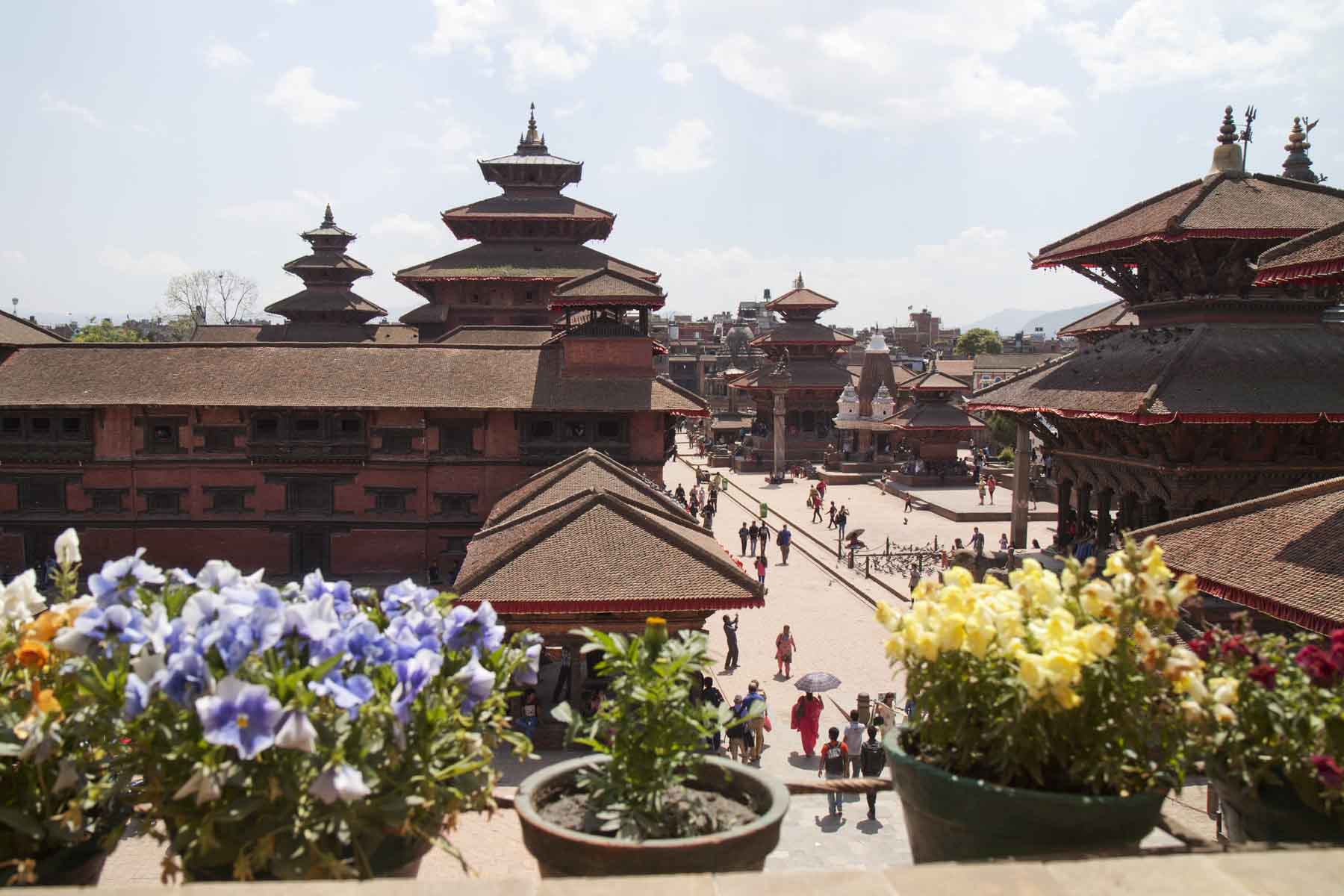
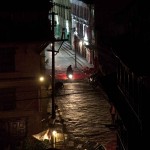
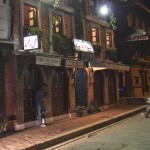
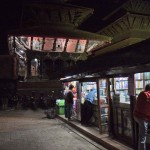
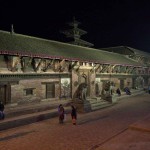
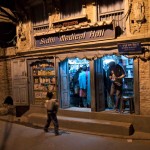
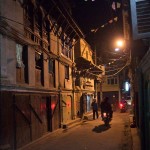
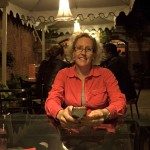
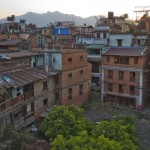
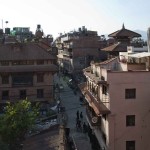
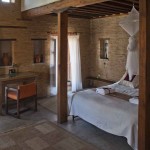
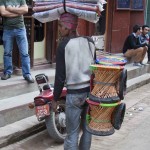
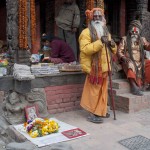
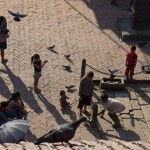
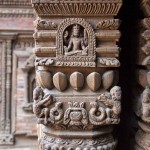
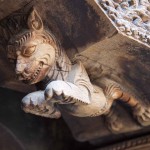
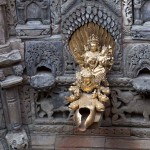
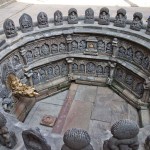
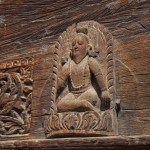
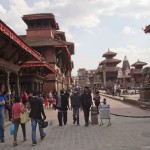
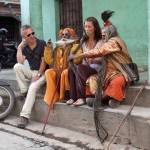
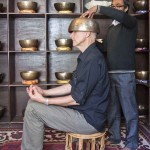
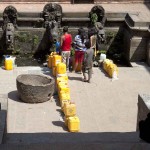
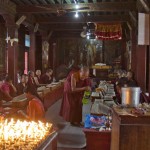
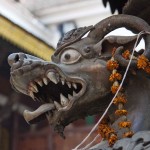
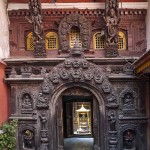
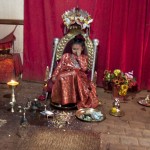
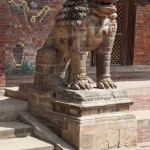
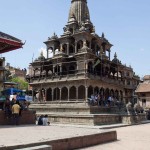
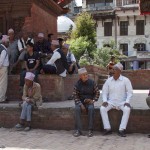
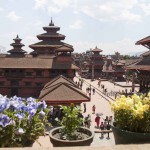
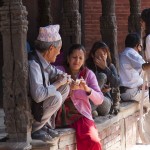
Pingback: Kathmandu (Part 3) – Pashupatinath & Boudha | bontaks travels
Pingback: Kathmandu (Part 4) – Kirtipur & Nagarkot | bontaks travels
Pingback: Kathmandu (Part 5) – Changu Narayan & Bhaktapur | bontaks travels
Pingback: Kathmandu (Part 6) – Namobuddha & NYE in Bhaktapur | bontaks travels
Pingback: Kathmandu (Part 7) – Bisket Jatra in Bhaktapur | bontaks travels